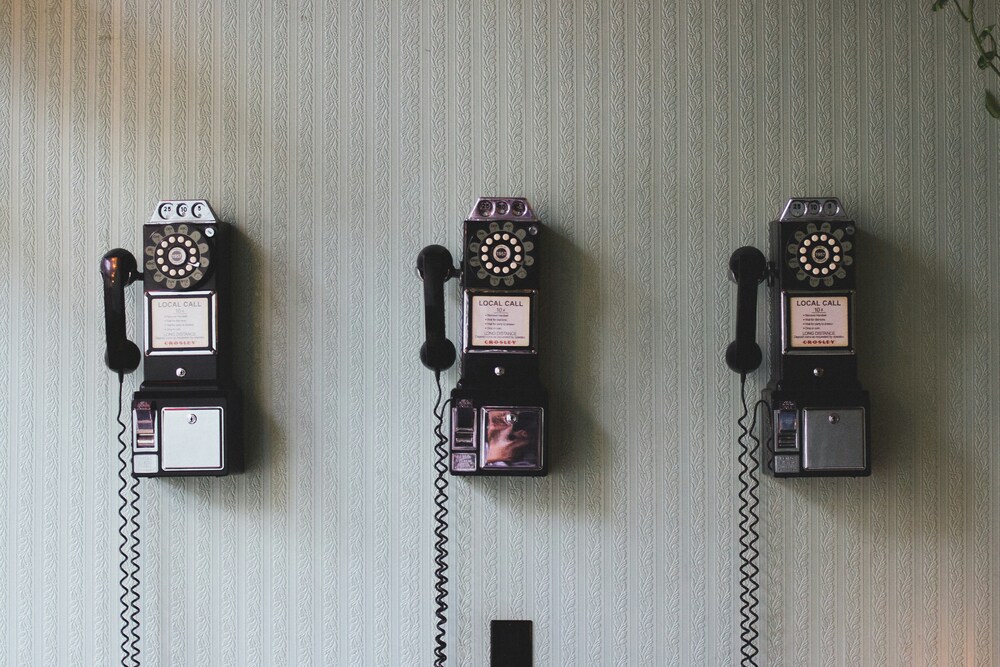
Navigating Language Barriers: Communication Tips for Travelers
Traveling to a foreign country is an exciting adventure, but it often comes with the challenge of navigating language barriers. The ability to communicate effectively can greatly enhance your travel experience, allowing you to connect with locals, ask for directions, order meals, and gain a deeper understanding of the culture. In this article, we’ll explore essential communication tips for travelers to help you overcome language barriers and make the most of your journey.
1. Learn Basic Phrases
Before you embark on your trip, take the time to learn some basic phrases in the local language. Essentials like “hello,” “thank you,” “please,” and “goodbye” go a long way in showing respect for the local culture and can help you in everyday interactions.

2. Use Translation Apps
In today’s digital age, translation apps are a valuable tool for travelers. Download a language translation app on your smartphone that allows you to input text or use the camera to translate written words. Apps like Google Translate and Duolingo can be incredibly useful for on-the-spot translations.
3. Carry a Phrasebook
A physical phrasebook can be a handy backup when you don’t have access to digital devices or data. Look for a compact travel phrasebook that includes common phrases and essential vocabulary for your destination.
4. Learn Numbers and Key Questions
Numbers are crucial for everyday transactions, such as buying items, negotiating prices, or asking for quantities. Familiarize yourself with numbers in the local language. Additionally, learn key questions like “Where is the bathroom?” or “How much does this cost?” to facilitate communication.
5. Use Non-Verbal Communication
Non-verbal communication can be just as important as words. Use hand gestures, facial expressions, and body language to convey your intentions and understand others. Be mindful of cultural differences in non-verbal communication, as gestures may have different meanings in various cultures.

6. Point and Show
When all else fails, pointing to objects, pictures, or maps can help bridge the communication gap. For instance, if you’re looking for a specific dish on a menu, pointing to a picture or the name written in the local language can simplify the ordering process.
7. Write It Down
Carry a small notebook and pen to write down questions or requests when verbal communication isn’t possible. Locals may be willing to help you if they can read your written request.
8. Use Visual Aids
Visual aids like maps, drawings, and symbols can be useful for getting your point across. Show your destination on a map, draw a picture of what you’re looking for, or use symbols to indicate your needs.
9. Learn the Phonetic Alphabet
Learning the phonetic alphabet can be a game-changer for travelers. It allows you to accurately pronounce words in the local language, making it easier for locals to understand you. Many online resources provide phonetic pronunciation guides for different languages.

10. Practice Active Listening
Active listening involves paying close attention to the speaker, observing their body language, and making an effort to understand their message. Even if you don’t speak the same language, demonstrating that you’re genuinely trying to comprehend can lead to better communication.
11. Be Patient and Respectful
Patience and respect are essential when communicating with locals in a foreign language. Understand that language barriers can be frustrating for both parties. Approach interactions with a positive attitude and a willingness to learn.
12. Use Local Services
Take advantage of local services that cater to tourists, such as guided tours, transportation apps, and tourist information centers. These resources often have English-speaking staff who can assist you with directions and recommendations.
13. Make Friends with Locals
Building relationships with locals can be one of the most rewarding aspects of travel. Don’t be shy about striking up conversations with people you meet along the way. Language barriers may exist, but shared experiences and gestures of friendship can transcend words.
14. Learn About Local Customs
Understanding the cultural norms and customs of your destination can help you navigate language barriers more effectively. For example, some cultures value indirect communication, while others prefer directness. Being aware of these nuances can improve your interactions.

15. Travel with a Local Guide
If you’re visiting a destination with a complex language or script, consider hiring a local guide who can assist with translation and communication. They can provide valuable insights into the culture and help bridge the language gap.
16. Smile and Be Polite
A warm smile and polite demeanor can go a long way in any language. People are generally more willing to help and engage with travelers who are friendly and respectful. Remember that a positive attitude is a universal language.
In conclusion, navigating language barriers is an integral part of the travel experience. While it can be challenging at times, it also presents an opportunity to connect with people from different backgrounds and cultures. By following these communication tips for travelers, you can break down language barriers and create meaningful connections that enrich your journey and leave you with lasting memories.



Leave a Comment